Underwater city challenges beliefs about solitary octopuses
Yet, another long-held belief about them—that they live entirely solitary lives—is now being challenged by remarkable new discoveries beneath the waves.
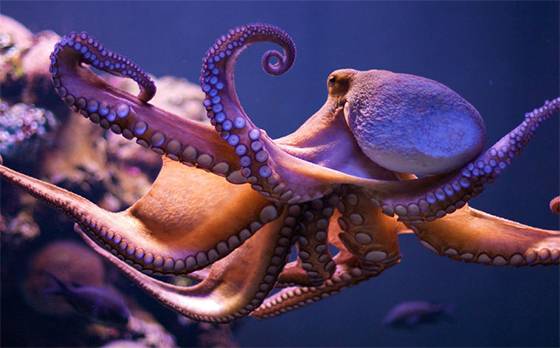
Marine researchers have found that octopuses are not always the loners we once thought they were. In a surprising revelation, scientists uncovered a natural “underwater city” where octopuses coexist, interact, and even engage in complex social behaviors. These findings are reshaping our understanding of octopus life and revealing a hidden world of cooperation, competition, and communication.
Discovery of Octlantis: the first octopus city
The idea of octopuses living side by side first gained traction in 2009 when researchers discovered a site in Jervis Bay, Australia, now famously called “Octlantis.” There, gloomy octopuses (Octopus tetricus) were observed mating, fighting, and sharing close quarters. The initial assumption was that a discarded metal object provided a rare bit of shelter in the area, allowing multiple individuals to gather around it.
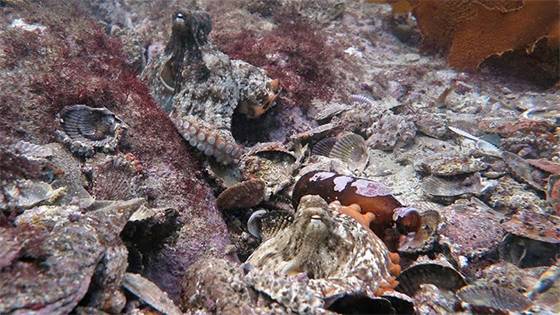
This artificial start, however, sparked scientific curiosity—could octopuses be capable of forming communities under the right conditions? The answer would come in an even more surprising form just a few years later.
A second, fully natural octopus settlement
Marine biologists were astonished when they discovered a second octopus settlement—this time entirely natural. Located on a rocky outcrop surrounded by soft silt, this habitat housed 10 to 15 gloomy octopuses of different sizes. Here, scientists observed behaviors such as den evictions, territory defense, and even moments of cooperation.
Researchers believe these underwater neighborhoods form through a fascinating chain of activity. Octopuses hunt for food and return to their dens to eat, discarding empty shells into the surrounding silt. Over time, these shells accumulate, creating stable ground that supports more dens. As more octopuses move in, the habitat expands—an accidental act of urban development beneath the sea.
Why octopuses choose to live together
The question remains: why would a species known for aggression and cannibalism choose to live in close quarters? Professor David Scheel of Alaska Pacific University, who led the research, suggests that the answer lies in the balance between safety and necessity.
“These are areas with abundant food, scarce shelter, and frequent predators,” Scheel explained. “It looks costly to live near others, but without a den, an octopus would be much more vulnerable.”
The need for shelter may outweigh the risks of conflict, leading octopuses to tolerate, and perhaps even rely on, each other’s presence in certain environments.
Watching octopuses interact in the wild
Observing these behaviors in the wild is no easy feat. Researchers must rely on limited daylight and camera battery life while avoiding the use of bright artificial lights that could disturb the animals or attract predators. Despite these challenges, scientists captured extraordinary footage showing a range of interactions—from gentle “reaching” gestures to aggressive evictions.
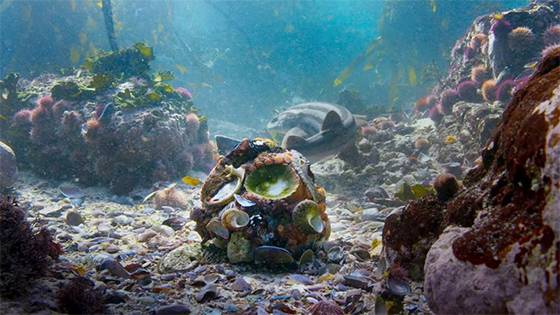
Some octopuses appeared more active and social than others, engaging in what Scheel described as “persuasive” behaviors—touching or restraining another octopus, seemingly to influence its movement or actions. While the precise meanings of these gestures remain unclear, they hint at a complex social structure previously unrecognized in these creatures.
The mystery of octopus social behavior
Although most octopus species likely spend much of their lives alone, scientists now realize that social interactions may play a more significant role than previously thought. Octopuses communicate visually, using intricate body patterns and color changes. They also exhibit unusual mating behaviors, such as “beak-to-beak” contact, and in some species, even share dens while raising offspring.
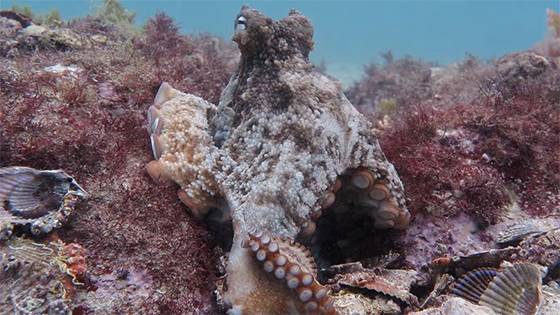
This newfound understanding aligns with other research showing octopuses’ advanced intelligence and problem-solving abilities. It also suggests that these moments of interaction—however fleeting—may be essential for survival and reproduction in complex marine ecosystems.
A glimpse into the unknown
Marine biologist Matt Slater, from the Cornwall Wildlife Trust, noted that octopuses’ intelligence and curiosity make them eager to interact with humans in aquariums. However, he also emphasized that in captivity, socialization often leads to aggression or cannibalism, further highlighting the delicate balance within their wild “cities.”
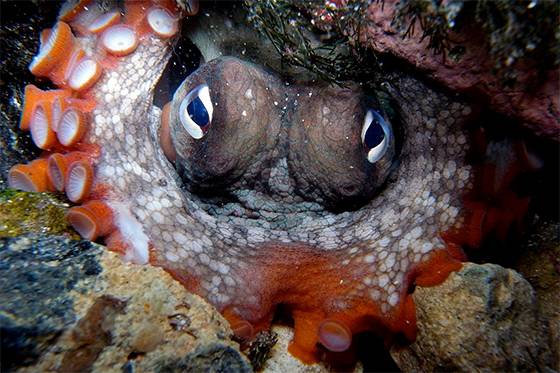
“Maybe giant Pacific octopuses do get together every now and again,” Slater mused. “That’s the beauty of the sea—it still holds so many secrets waiting to be discovered.”
The underwater “cities” of octopuses challenge our assumptions about intelligence, cooperation, and survival in the marine world. As scientists continue to explore these mysterious habitats, one thing is clear: beneath the ocean’s surface lies a far more social and sophisticated octopus society than we ever imagined.

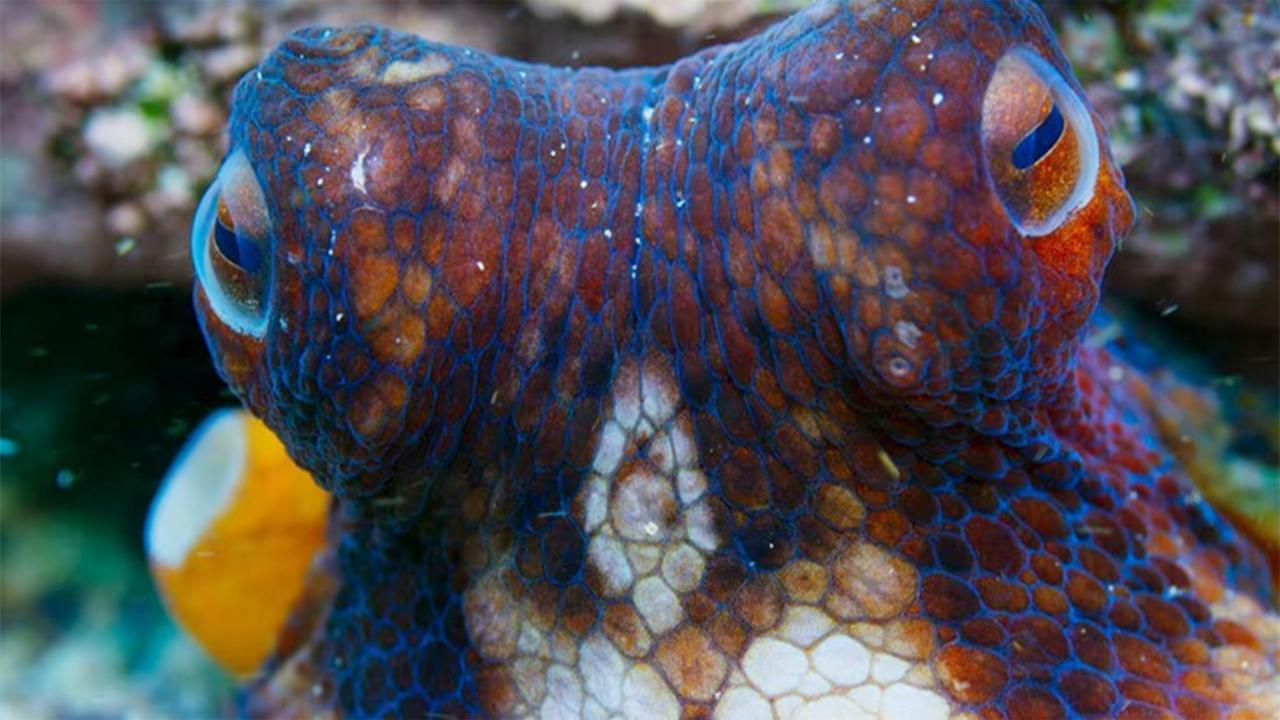
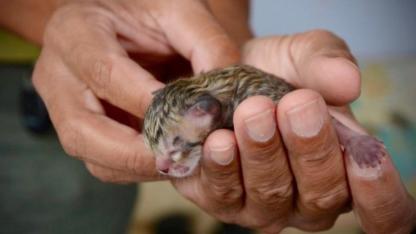

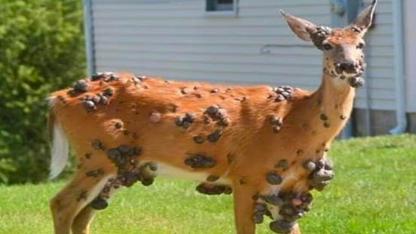
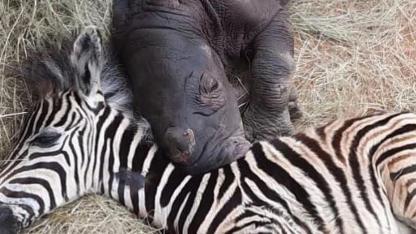
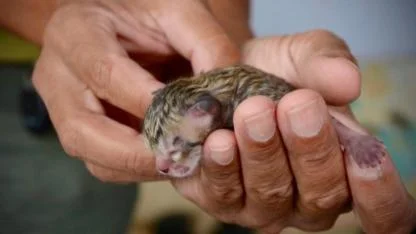

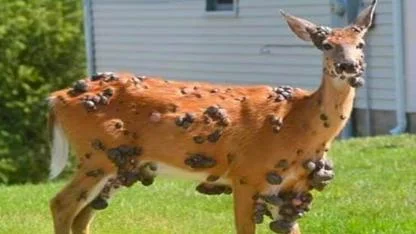
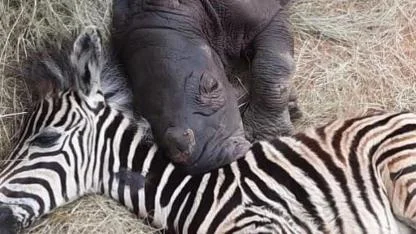

Yorumlar
Kalan Karakter: